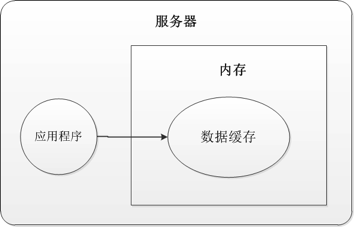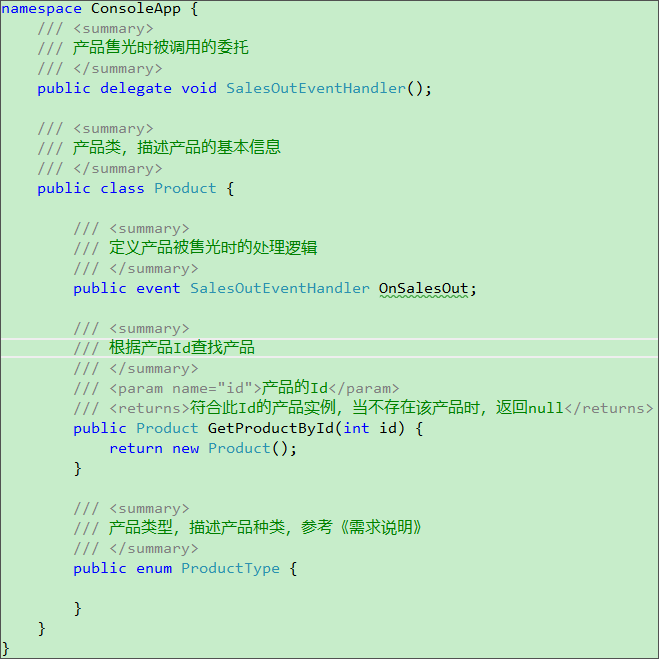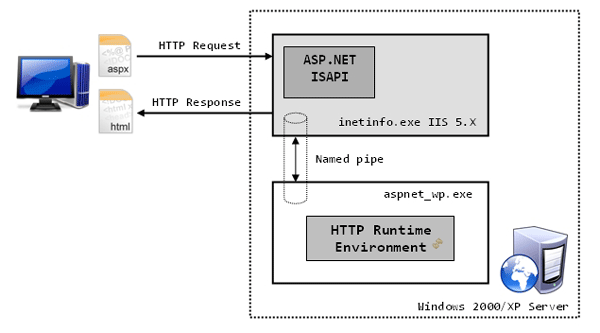|
|
Model Binder在ASP.NET MVC中非常簡單。簡單的說就是你控制器中的Action方法需要參數數據;而這些參數數據包含在HTTP請求中,包括表單上的Value和URL中的參數等。而ModelBinder的功能就是將這些個表單上的Value和URL中的參數換成對象,然后將這些對象綁定到Action的參數上面。我簡單的畫了一個圖,看起來會更加直觀。

[HttpPost]
public ActionResult Create()
{
Book book = new Book();
book.Title = Request.Form["Title"];
// ...
return View();
}
但是這樣的寫法是非常不可取的,因為代碼不容易閱讀,也不易測試。再看下面的寫法:
[HttpPost]
public ActionResult Create(FormCollection values)
{
Book book = new Book();
book.Title = values["Sex"];
// ...
return View();
}
這樣的寫法就可以不用從Request中獲取數據了,這樣能滿足一些情況,比直接從Request中獲取數據要直觀。但是如果在Action需要的數據既要來自表單上的值,又要來自URL的query string。這種情況單單FormCollection是不行的。看下面代碼:
[HttpPost]
public ActionResult Create(Book book)
{
// ...
return View();
}
上面的代碼就非常的直觀了,這需要我們的model binder創建一個book對象,然后直接從這個對象的屬性中取值。這個book對象的數據自然也是來自Form和URL。有時候,我們的DefaultModelBinder轉換的能力必經有限,也不夠透明化,一些特殊和復雜的情況就需要我們自定義Model Binder。下面我講講如何去自定義Model Binder。
1、首先我們定義一個Book的實體類:
public class Book
{
public string Title { get; set; }
public string Author { get; set; }
public DateTime DatePublished { get; set; }
}
2、自定義的model binder需要繼承IModelBinder或者它的子類。數據可以從bindingContext獲取。
public class BookModelBinder : IModelBinder
{
public object BindModel(ControllerContext controllerContext, ModelBindingContext bindingContext)
{
var book = (Book)(bindingContext.Model ?? new Book());
book.Title = GetValue<string>(bindingContext, "Title");
book.Author = GetValue<string>(bindingContext, "Author");
book.DatePublished = GetValue<DateTime>(bindingContext, "DatePublished");
if (String.IsNullOrEmpty(book.Title))
{
bindingContext.ModelState.AddModelError("Title", "書名不能為空?");
}
return book;
}
private T GetValue<T>(ModelBindingContext bindingContext, string key)
{
ValueProviderResult valueResult= bindingContext.ValueProvider.GetValue(key);
bindingContext.ModelState.SetModelValue(key, valueResult);
return (T)valueResult.ConvertTo(typeof(T));
}
}
從上面代碼可以看出,自定義的ModelBinde非常的自由,可以自由的將Form上的一個key對應實體的一個屬性,也可以加入一些驗證的邏輯。當然還可以加入一些其他的自定義邏輯。
3、寫好BookModelBinder之后,我們只需要簡單的注冊一下就行了,在Global.asax添加下面代碼:
ModelBinders.Binders.Add(typeof(Book), new BookModelBinder());
總結:本文簡單介紹了一下ASP.NET MVC的Model Binder機制。如果敘述有問題,歡迎指正。
NET技術:ASP.NET MVC 2擴展點之Model Binder,轉載需保留來源!
鄭重聲明:本文版權歸原作者所有,轉載文章僅為傳播更多信息之目的,如作者信息標記有誤,請第一時間聯系我們修改或刪除,多謝。



